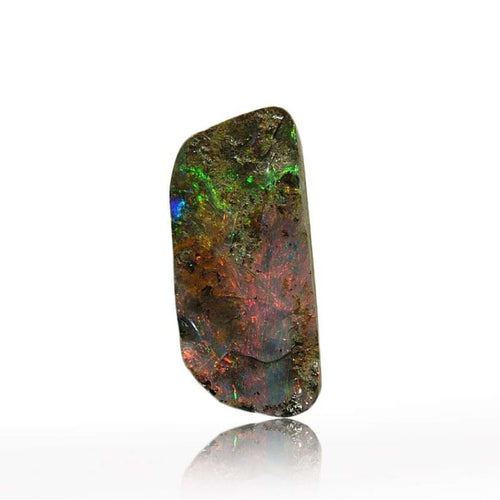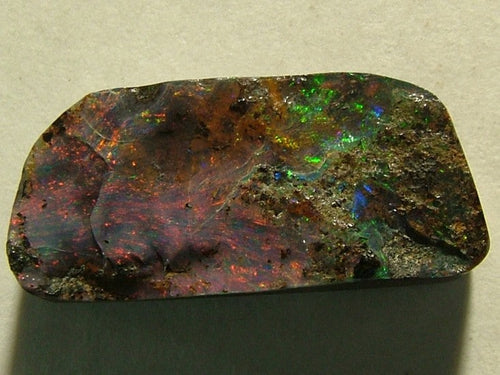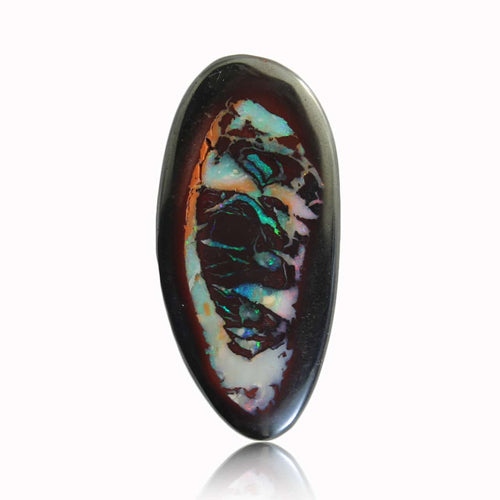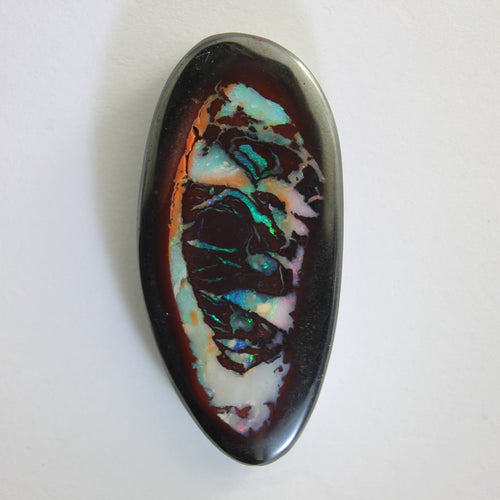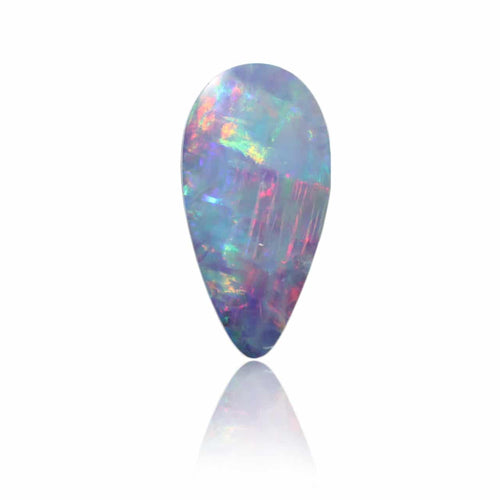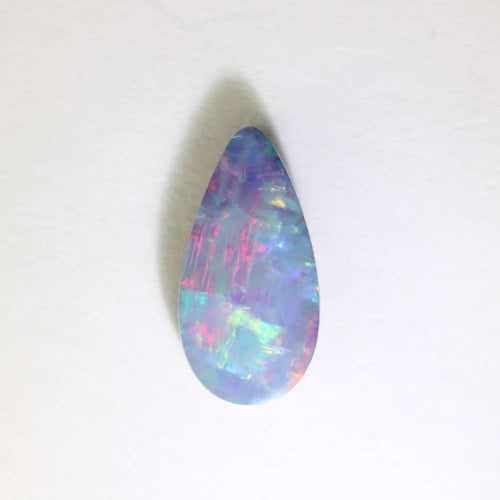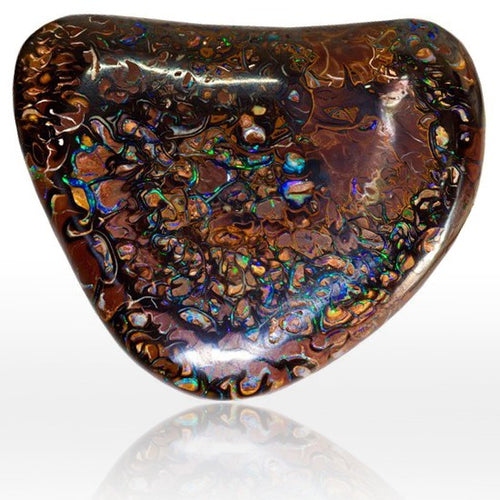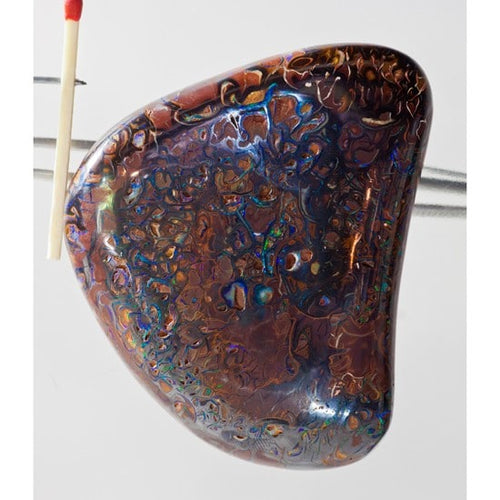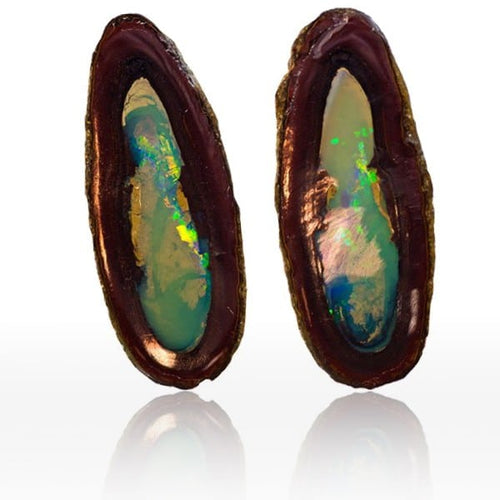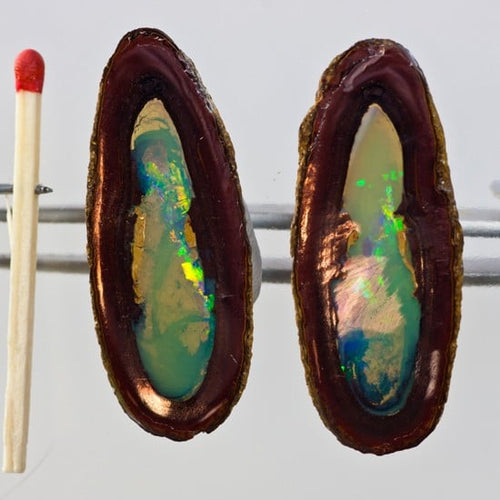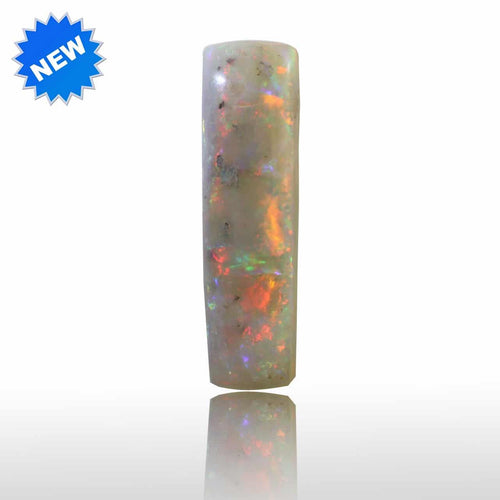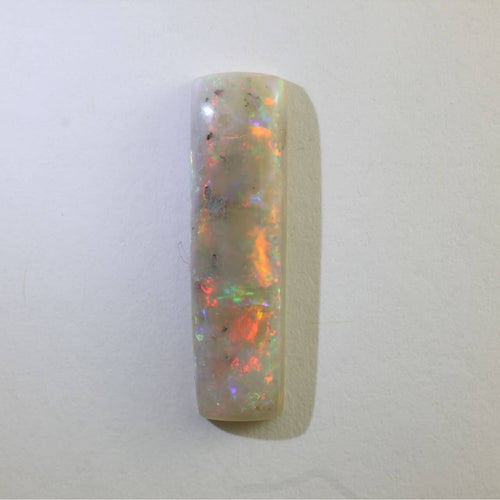As you might already know Australia currently produces about 95 per cent of the world’s precious opal. So why does no other country on Earth have such an abundance of Opal? Lets go back some million years to find out. If we look at the widely scattered opal fields throughout central Australia the sedimentary opal deposits occur along generally flat-lying areas within 30 metres of the earth’s surface. They came to occur over a 100 million year period with a unique series of geological events which were as follows:
- Sometime between 91 - 122 million years ago central Australia was covered by a vast shallow epicontinental sea. The sedimentary rocks which were deposited in this sea were derived from volcanic rocks, were organic-rich and formed the principal host rocks for opal deposits in central Australia.
- As the sea lowered these sedimentary rocks were exposed and were subject to a prolonged sub-tropical weathering regime for roughly 20 - 40 million years. The other interesting thing that was happening during this time was, because the water table was acidic it caused the rocks to release their silica & iron.
- From roughly 40 million years ago the climate became more arid and as a result the water table levels gradually lowered causing the groundwater to became alkaline. This as well as mild tectonism at around 24 million years ago gave rise to subtle extremely long wavelength surface folds which facilitated both lateral and vertical migration under arid conditions of the earlier-released silica. Opal was then preserved in the weathered profiles beneath the crests of the developing surface folds as water tables here lowered more rapidly due to tectonic uplift. Siliceous cap rocks discouraged erosion.
- Finally over the last 10 million years, dissection and scarp erosion exposed the weathering profiles containing the opal. So not only is this process mainly unique to Australia but also Geologists believe that the volume of Opals that have been produced over the past 150 years in Australia is but a minute fraction of the amount yet to be discovered.
You may like:





